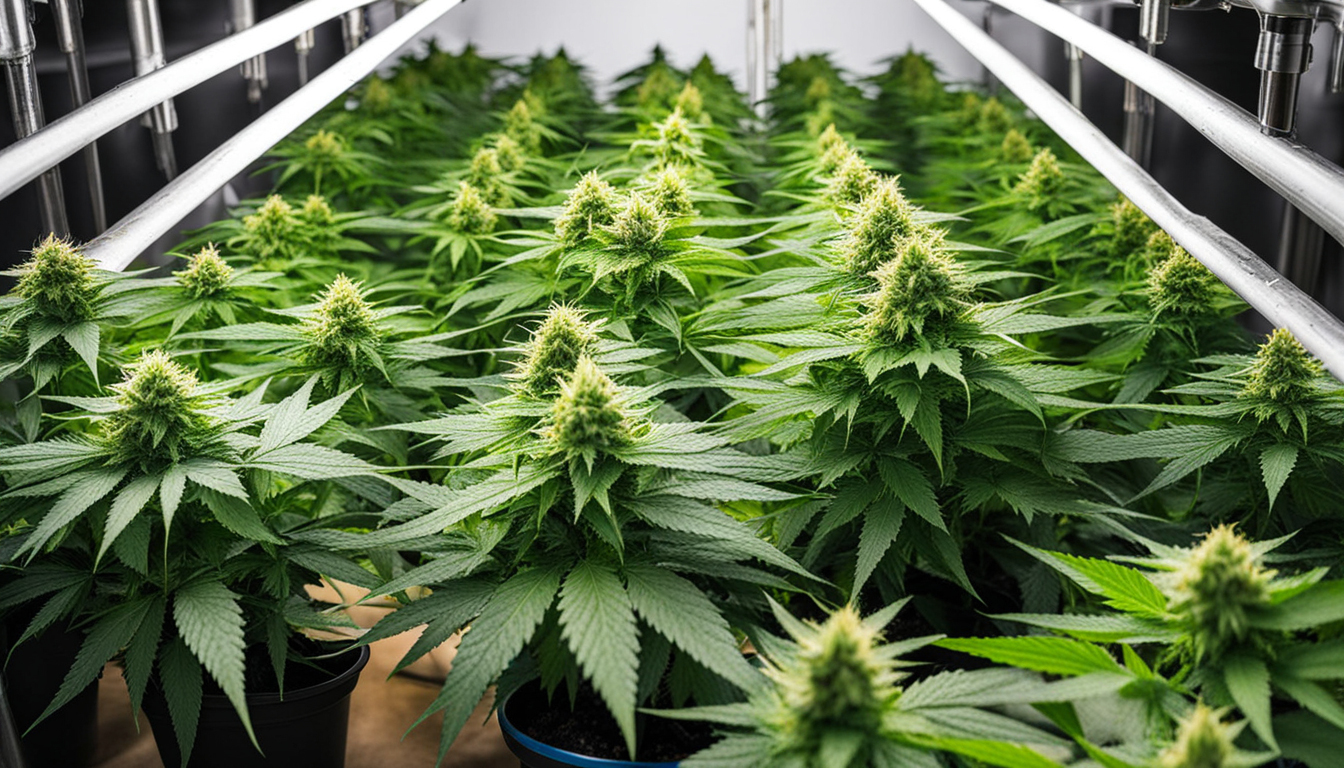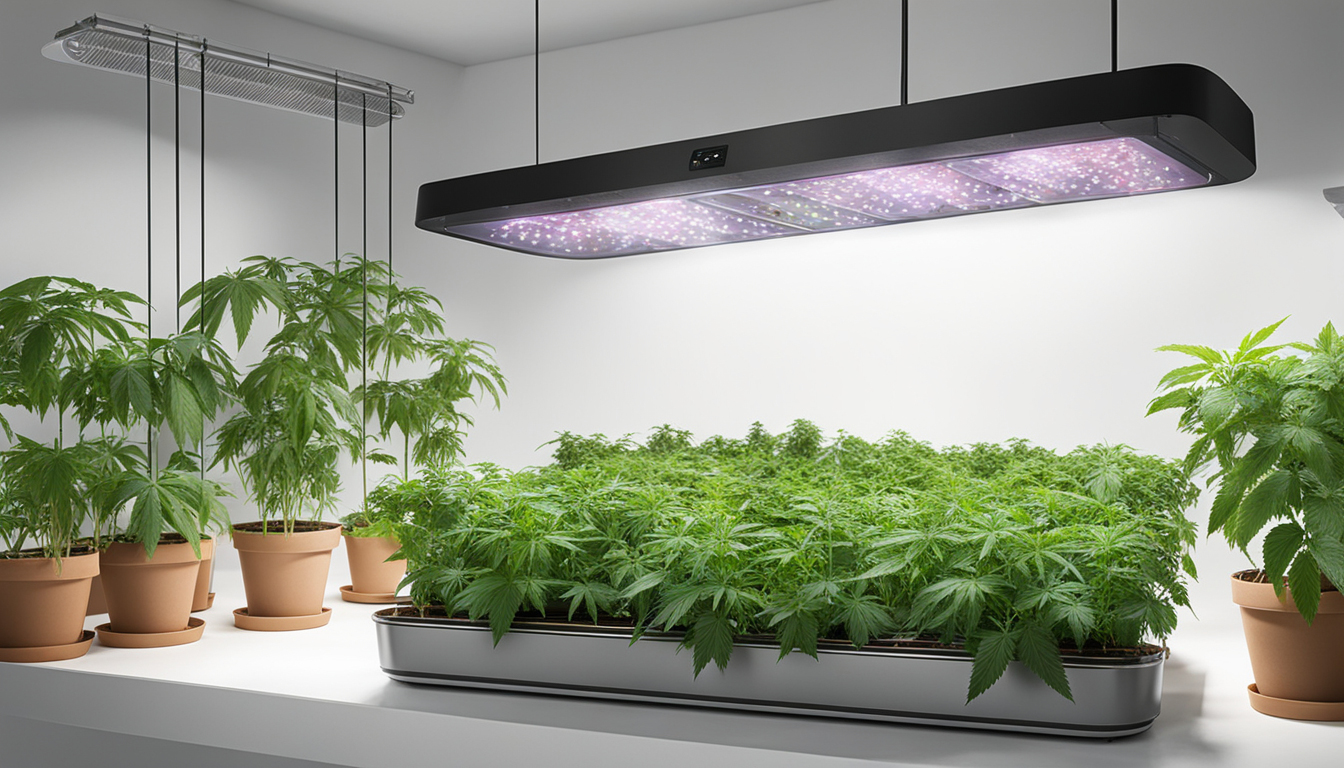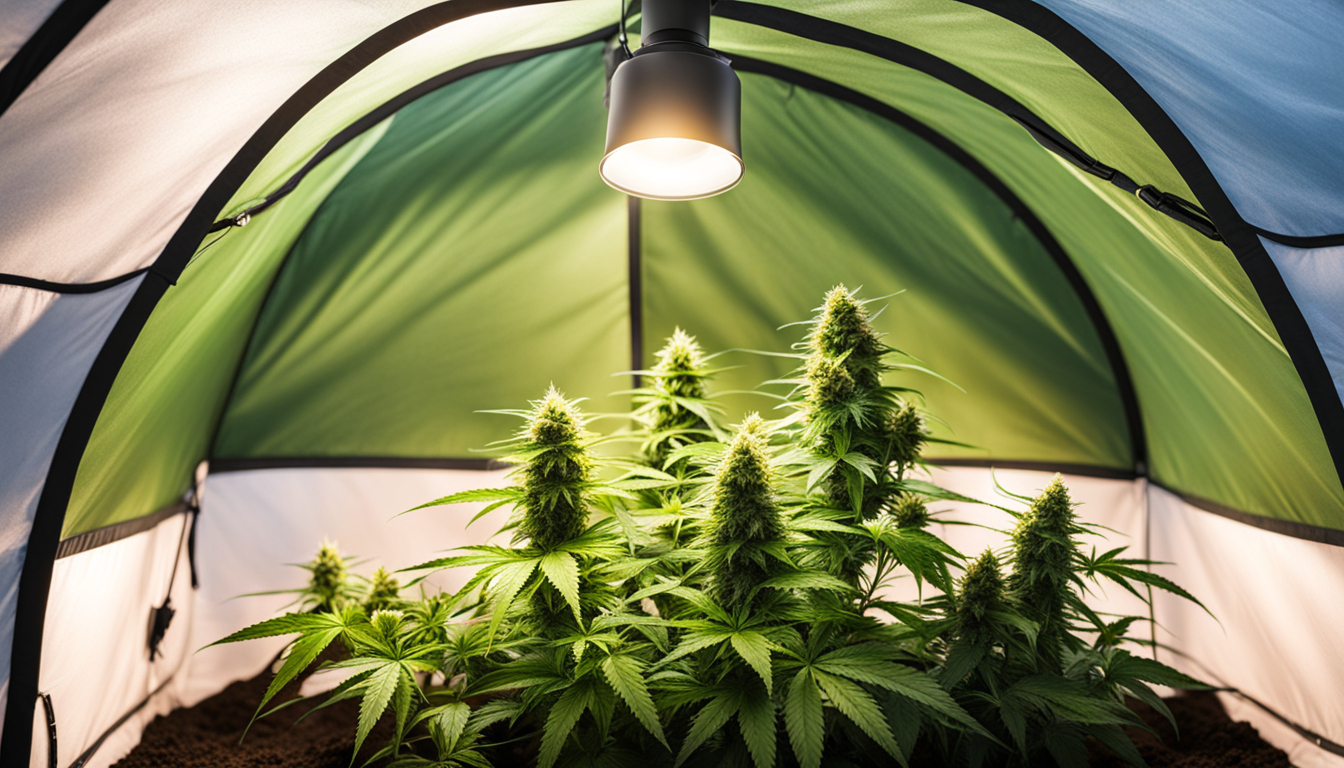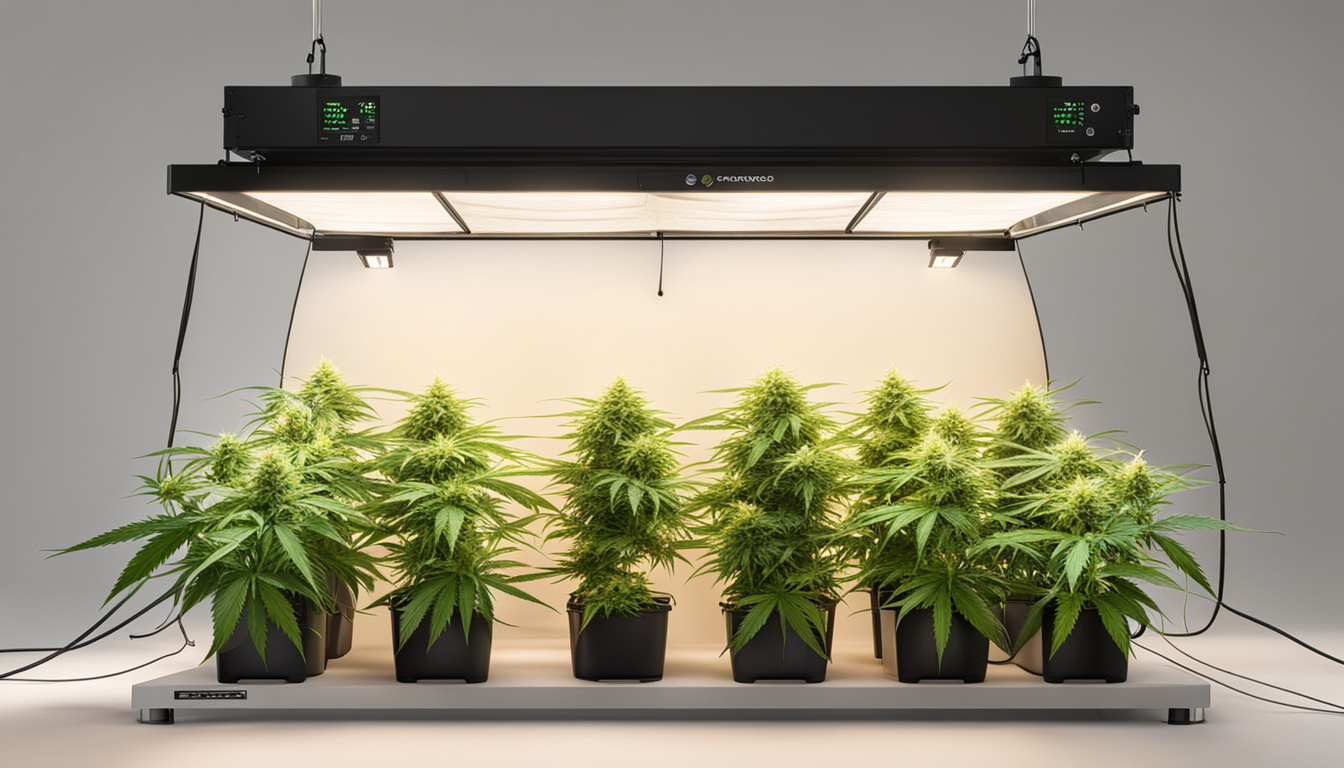
Whether you're beginning cannabis growing or looking to improve your existing harvest, following this complete guide will help you produce bountiful, high-quality yields right at home. With the right equipment, techniques, and care, cultivating marijuana indoors can be an extremely productive and cost-effective endeavor.
Choosing Cannabis Strains
The first step in planning your indoor crop is selecting the right pot cultivars to cultivate. The three main types of cannabis plants each have their own characteristics.
Sativas
Known for their invigorating mental effects, these strains spread tall and slender with narrow leaves. They flourish in warmer equatorial climates and have a longer flowering time between 10-12 weeks indoors. Top sativa strains include Jack Herer, Durban Poison, Super Lemon Haze, and Jack Herer.
Relaxing strains
These strains provide calming body-focused effects and spread short and bushy with wide leaves. Accustomed to colder mountain climates, they bloom faster within 2-2.25 months. Popular relaxing varieties include Northern Lights, Bubba Kush, and Bubba Kush.
Mixed strains
Mixed varieties mix traits from both energizing strains and relaxing strains. They offer blended effects and have medium blooming times around 2.25-2.5 months. Popular mixes are Blue Dream, OG Kush, and Blue Dream.

Setting Up Your Cultivation Space
Marijuana plants need the right controlled environment to thrive. Key factors for indoor grows are lighting, ventilation, layout, and finding the ideal discreet location.
Location
Choose an available space with direct access to irrigation and electrical outlets. An empty spare room, large closet, basement corner, or grow tent securely placed in a garage all make great hidden grow room spots.
Lighting
Pot requires powerful light for all growth stages. LED grow lights are efficient and come in broad spectrum options simulating natural outdoor light. Provide 15-25 watts per sq. ft for the growth stage and 20-40 watts per square foot for bloom.
Ventilation
Proper airflow and exhaust systems keep ideal temperature, humidity, and pure CO2 levels. Install quiet 10-15 cm fans or carbon filters to circulate stale air and eliminate smells.
Layout
Maximize your space by positioning plants carefully under the lights and allowing room to reach and work around them. Set up separate zones for growth, flowering, drying, and propagation.

Growing Substrates
Cannabis can be cultivated in different substrates, each with benefits and cons. Pick a proper option for your particular setup and growing style.
Soil
The traditional medium, soil is cheap and easy for beginners. It provides excellent flavor but needs more watering and fertilizing to feed plants. Enrich soil with perlite or coir to improve aeration.
Coconut coir
Made from coconut husks, reusable coco coir holds water but still allows air to the roots. It's more sterile and more consistent than soil. Use coco-specific fertilizers to avoid calcium buildup.
Water systems
In hydro systems, plant roots develop right in nutrient irrigation solution. This enables quick development but needs close observation of solution chemistry. DWC and irrigation systems are common methods.
Sprouting Seeds
Germination prepares your pot seeds to begin growing radicles. This prepares them for planting into their cultivation medium.
Towel Method
Place seeds between moist paper towel and keep them damp. Check after 2-7 days for growing radicles indicating germination is complete.
Planting directly
Insert seeds directly into pre-moistened cultivation medium 1⁄4 inch deep. Gently water and wait 1-2 weeks until seedlings break through the surface.
Rockwool Cubes
Soak cubic rockwool starters in balanced water. Insert seeds 1⁄4 inch deep into the cubes. Keep cubes wet until sprouts appear within a week to 2 weeks.
Transplanting Seedlings
Once germinated, pot seedlings need to be transplanted to avoid crowding. Move them into proper sized containers.
Preparing Containers
Fill large containers with cultivation medium amended with slow-release nutrients. Let Donate Here pots to soak up water overnight before transplanting.
Gently repotting
Carefully separate young roots from germination medium using a spoon. Place into pre-soaked pot at equal depth as before and lightly water in.
Vegetative Stage
The vegetative stage promotes foliage and plant form through 3/4 to full day of continual light exposure. This stage usually lasts 4-8 weeks.
Providing 18-24 Hours of Lighting
Use lamps on a 24 daily cycle or natural sunlight to trigger constant growth. Lamp output influences height and node distance.
Nutrients
Use vegetative stage nutrients higher in nitrogen. Make sure pH stays around 6.5 for proper nutrient absorption. Fertilize 25-50% concentration after 14 days and strengthen slowly.
LST and topping
Fimming, low stress training, and scrogging manipulate growth patterns for even canopies. This increases yields.

Flowering Stage
The flowering stage develops buds as plants reveal their sex under a 12 hour cycle schedule. It lasts 8-12 weeks depending on variety.
Switching to 12/12
Switch grow lights to 12 hours on, 12 hours off or place outside for outdoor 12/12 timing. This signals plants to start flowering.
Flushing
Leaching removes nutrient salts to improve flavor. Feed weakly the first weeks then just use pH'd water the last 2 weeks.
Flushing
Continue 12/12 light timing but leach using neutral pH water only. Resume plain watering if buds aren't yet ripe after two weeks.
Harvesting
Knowing when pot is completely mature ensures maximum potency and aroma. Harvest plants at peak maturity.
Identifying Ripeness
Check fading pistils, swelling Discover More calyxes, and 10-15% amber trichomes. Inspect buds around the plant as they don't all mature evenly.
Harvesting plants
Use clean, sharp trimming scissors to gently cut each plant at the base. Leave 5-10cm of stem attached.
Drying
Suspend whole plants or branches inverted in a dark room with average temp and humidity around 45-65% for 1-2 weeks.
Curing
Curing keeps desiccating while aging the buds like aged spirits. This process smooths bitterness and further develops terpene contents.
Jars and Humidity
Manicure dried buds from stems and store into glass grow cannabis jars, packing about 3⁄4 full. Use a hygrometer to monitor jar moisture.
Burping Daily
Unseal containers for a few hours each day to slowly reduce humidity. Rehydrate buds if RH drops below 55%.
Long term storage
After 2-3 weeks when humidity levels off around 55-65%, do a final manicure and store forever in sealed jars.
Troubleshooting
Even experienced cultivators run into various cannabis plant problems. Detect issues soon and address them correctly to maintain a strong garden.
Nutrient Deficiencies
Chlorosis often indicate inadequate nitrogen. Purpling stems and leaves signal phosphorus deficiency. Test pH and increase fertilizers gradually.
Bugs
Spider mites, fungus gnats, mites, and root aphids are frequent cannabis pests. Use organic sprays, ladybugs, and yellow traps for natural control.
Mold
Excessive humidity promotes powdery mildew and root rot. Improve airflow and venting while lowering humidity under 50% during flowering.

Conclusion
With this complete indoor marijuana growing guide, you now have the info to grow bountiful potent buds for personal harvests. Apply these techniques and techniques throughout the germination, growth, and bloom stages. Invest in quality gear and closely check on your plants. In time, you'll be rewarded with frosty aromatic buds you raised yourself under the patient guidance of your green thumbs. Happy growing